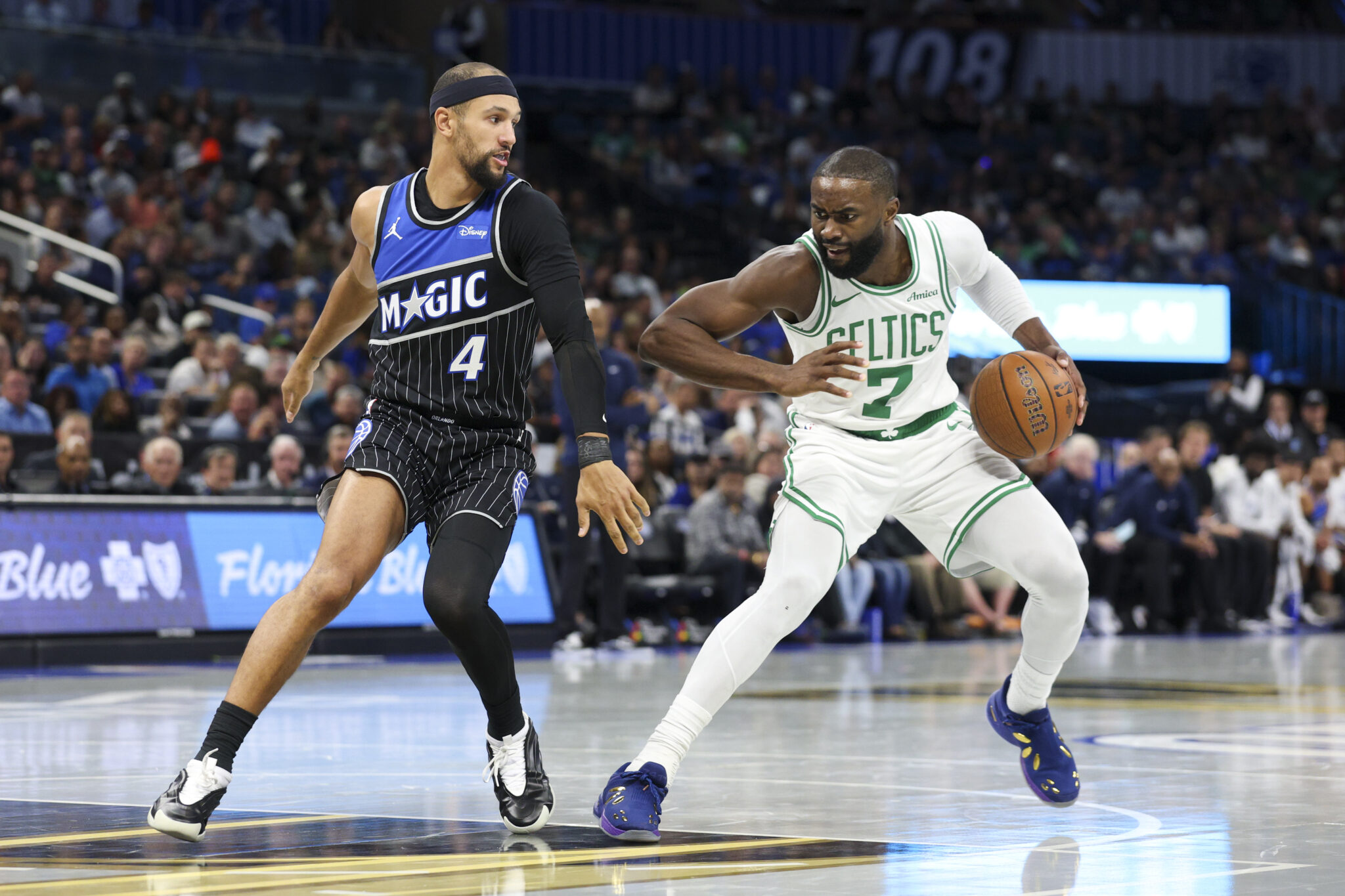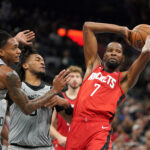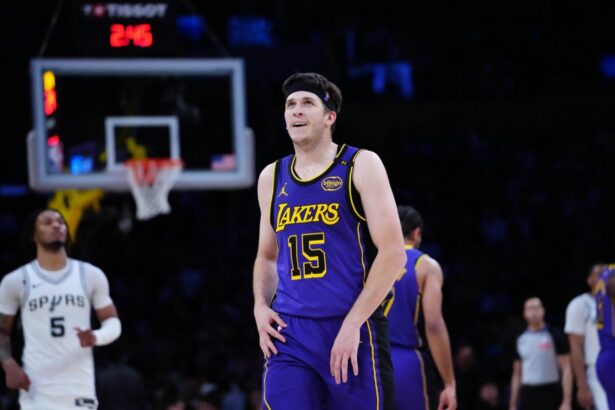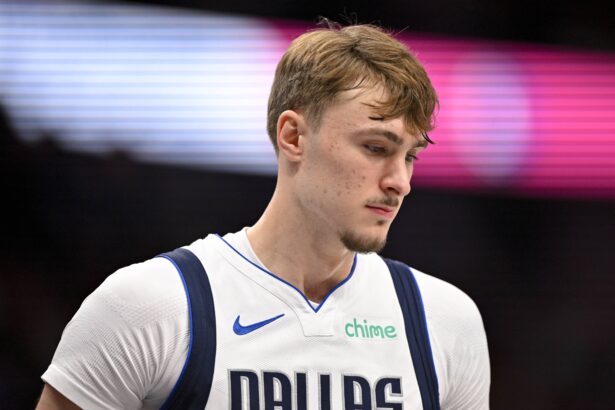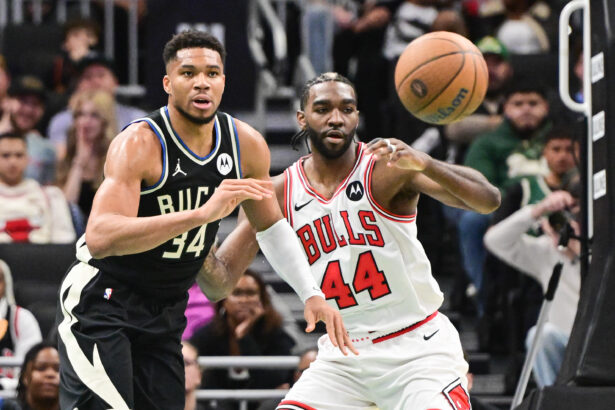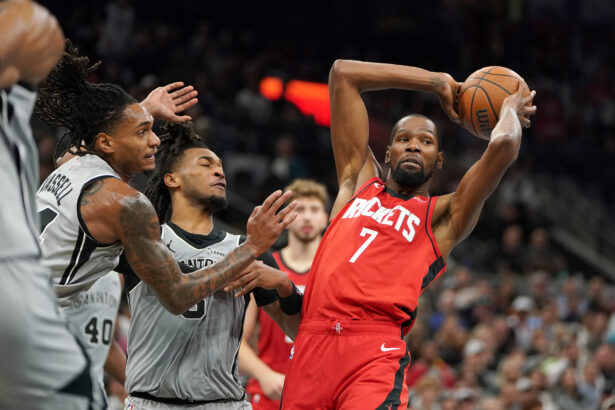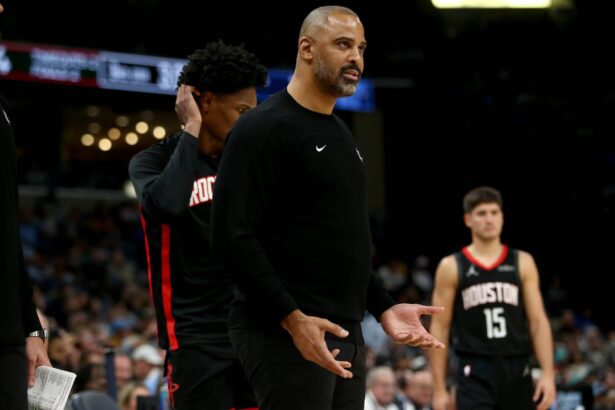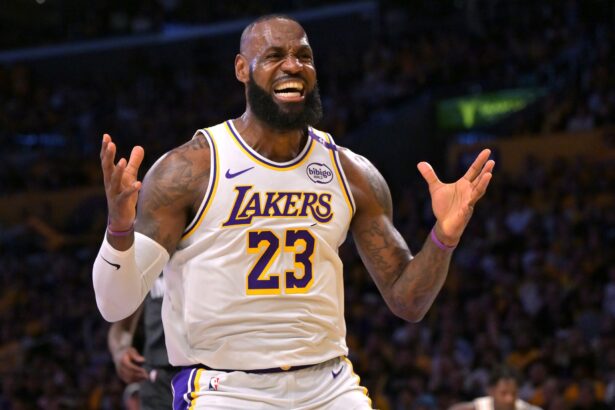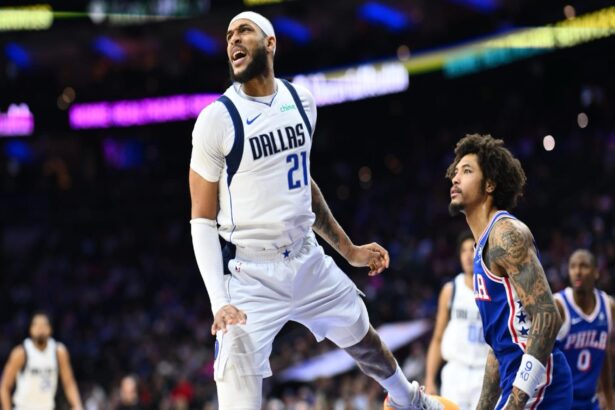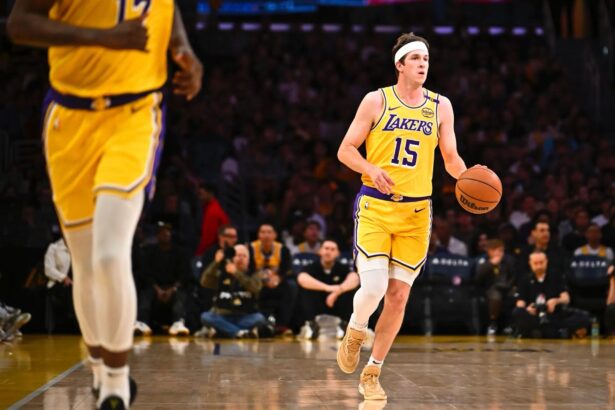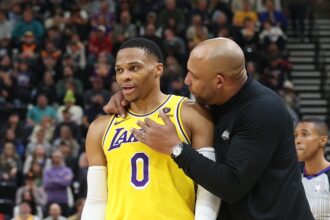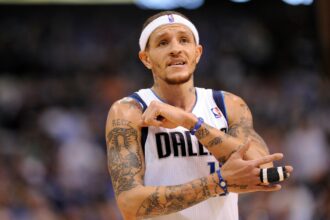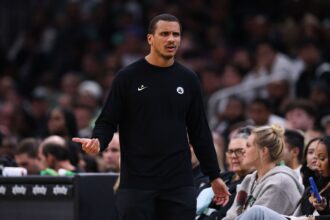The Boston Celtics opened their NBA Cup campaign with a frustrating setback, watching the Orlando Magic ride timely shot-making and a pair of decisive second-half surges to a 123-110 win on Friday night. Franz Wagner powered Orlando with 27 points while Desmond Bane orchestrated the offense with 22 points and seven assists, helping the Magic make a statement performance in their first tournament matchup.
Boston received a massive night from Jaylen Brown, who poured in 32 points and nearly dragged the Celtics back from an early 20-2 avalanche sparked by Orlando’s barrage of threes. Payton Pritchard’s 27 points and Derrick White’s 16 points and 10 assists kept the game within reach, but every time the Celtics seized momentum, taking a brief fourth-quarter lead at 96-95, the Magic answered with another knockout run, this time a 17-4 burst fueled by Wagner, Bane, and Wendell Carter Jr.
Orlando’s balanced shooting, highlighted by 17 made threes and a 50% mark from the field, ultimately overwhelmed a Boston squad that couldn’t match the Magic’s efficiency from deep despite late pushes from Brown and Anfernee Simons. Let’s dive into the five reasons why the Celtics lost this game, highlighting some areas of weakness.
1. Orlando’s Superior Shot-Making From Deep
The most decisive gap in this game came from behind the arc, where Orlando simply outclassed Boston. The Magic drilled 17-of-36 threes (47.2%), including backbreaking momentum-killers from Franz Wagner, Desmond Bane, Wendell Carter Jr., and even bench contributors like Tristan da Silva (3-of-5 from deep).
That accuracy overwhelmed Boston’s defensive coverage, especially in the first quarter when Orlando opened with a 20-2 run. Wagner alone hit two threes during scoring swings, finishing with 27 points on 9-of-18 shooting, while Bane added 22 points and 2-of-5 from deep. Boston never found an answer for Orlando’s ability to turn one good possession into many.
By contrast, the Celtics shot 13-of-37 from three (35.1%), and that number was inflated by Payton Pritchard (5-of-8). The rest of the rotation combined to go 8-of-29, including 1-of-6 nights from both Jaylen Brown and Derrick White, and a rough 1-of-5 from Sam Hauser. Those misses meant that Boston’s best offensive possessions still ended up producing empty trips.
2. Boston Had No Answer for Franz Wagner’s All-Around Pressure
Wagner dictated the flow of the game, especially during scoring bursts that flipped momentum. His 27 points, 6 rebounds, and 6 assists were impressive enough, but the impact extended far beyond the box score. Wagner repeatedly punished poor closeouts, attacked mismatches, and finished through contact, going 7-of-7 at the line.
When Boston cut the deficit in the second half, Wagner immediately steadied Orlando with rim attacks and kick-outs that produced threes for Carter Jr. and Anthony Black, turning Celtics defensive successes into temporary victories at best. Defensively, Wagner helped bottle up Boston’s off-ball movement, using his length to limit second-side actions for shooters like Hauser and Scheierman.
His +0 plus/minus may not look great, but that was a product of lineup rotations rather than impact; nearly every major Orlando run featured him initiating or finishing plays. Wagner was also a key part of Orlando forcing Boston into 14 turnovers, picking off passes, and closing down driving lanes that normally generate easy Celtics threes.
3. Missed Opportunities From Boston’s Supporting Cast
Jaylen Brown (32 points on 15-of-28 shooting) and Payton Pritchard (27 points, 5-of-8 from deep) carried Boston offensively, but the rest of the roster failed to match that production. Derrick White posted 16 points and 10 assists, but he shot just 7-of-16 and went 1-of-6 from three, struggling to punish Orlando’s drop coverage.
Meanwhile, the frontcourt provided almost no scoring punch: Neemias Queta managed just 5 points on 2-of-8 shooting, and Josh Minott produced 12 points but took only seven shots in 25 minutes. Boston had only three players in double figures, compared to Orlando’s seven. The bench was an even bigger issue.
Despite a solid 11-point contribution from Anfernee Simons (on 4-of-8 shooting), the rest of the reserves combined for 7 total points. Sam Hauser shot 1-of-6, Luka Garza scored only 2 points, Jordan Walsh had 2, and Hugo Gonzalez and Chris Boucher went scoreless. Orlando’s reserves, led by Tristan da Silva (11 points on 4-of-8), Tyus Jones (13 points, 4 assists, 4 steals), and Jonathan Isaac’s perfect 1-of-1 shooting, outscored Boston’s bench 40-23.
4. Orlando’s Free-Throw Advantage Created Too Much Margin
One of the most overlooked factors in this loss: Orlando lived at the free-throw line. The Magic hit 24-of-31 free throws (77.4%), effectively doubling Boston’s attempts. Boston finished just 11-of-16, a massive +13 scoring differential for Orlando in a game that Boston briefly led in the fourth quarter.
Paolo Banchero (6-of-8), Wagner (7-of-7), Carter Jr. (6-of-7), and Bane (4-of-5) combined for 23 of Orlando’s 24 makes, punishing Boston’s rotations and late closeouts. More problematic was the foul discrepancy: Boston committed 27 fouls compared to Orlando’s 18, repeatedly stopping their own momentum by sending the Magic into the bonus.
Several Celtics, Hauser, Garza, Simons, and White, finished with four or more fouls, hindering Joe Mazzulla’s ability to maintain defensive consistency. Boston matched Orlando in rebounds (44-44) and even won points off turnovers (22-17), but the free-throw penalty erased those advantages.
5. The Defense Collapsed During Game-Deciding Runs
Boston’s defense held up for stretches, but it completely fell apart during Orlando’s three major runs: the 20-2 burst in the first quarter, a second-quarter push powered by Bane and Carter, and the closing 17-4 fourth-quarter knockout. The Celtics allowed Orlando to shoot 50% from the field (41-of-82) and failed to contain the Magic’s two-man actions involving Bane and Carter, who combined for 40 points and 8 assists.
Boston also surrendered 44 points in the paint, unable to deter drives even with an 8-block effort, including strong rim contests from Queta (2 blocks) and White (1 block). The Celtics were competitive possession-to-possession, but they were crushed in the moments that swung the game.
Even worse, Boston couldn’t stop the Magic’s pace or ball movement. Orlando logged 28 assists on 41 makes, repeatedly finding the extra pass while Boston over-helped or rotated a step late. Jalen Suggs (14 points, 5 assists) and Tyus Jones (4 assists, 4 steals) tore apart Boston’s momentum. Although Boston forced 15 turnovers, their defense was mainly absent when stops were needed.

